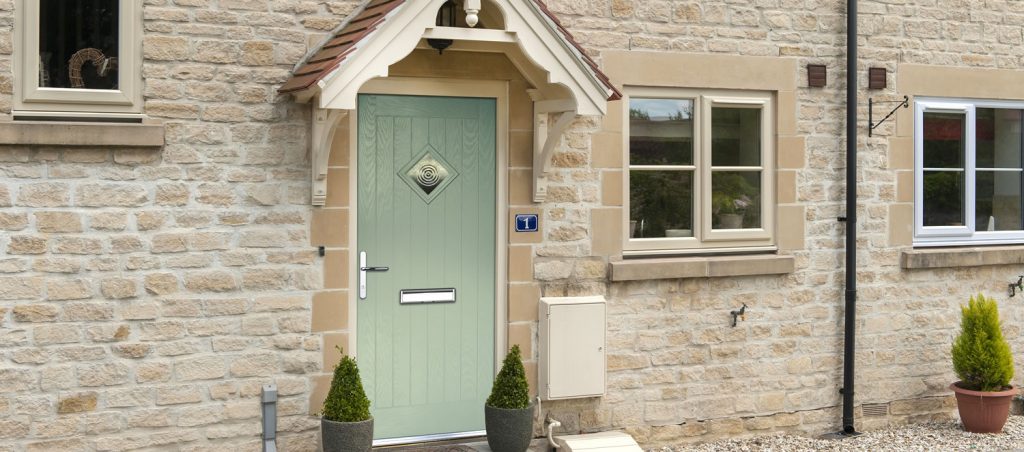
According to government reports, heating and powering buildings accounts for 40% of the total energy usage in the UK. By making the buildings more energy-efficient and embracing smart technologies, household energy bills can be cut, the demand for energy will be reduced, and economic growth will be given a boost and carbon reduction targets can also be met. Could taking a ‘fabric first’ approach help developers meet the Future Homes Standard?
What is the Future Homes Standard?
As part of his 2019 Spring Statement, Chancellor Philip Hammond announced that the government will introduce a Future Homes Standard that will mark the end of the use of ‘fossil fuel heating systems’ in all new homes by 2025. This means that over the next six years housing developers will be required to use low-carbon heating systems in all new build homes.
The introduction of the new standard is as a result of the Prime Minister’s Industrial Strategy Grand Challenge, which includes a mission to at least halve the energy use of new buildings by 2030, and adopt ‘world leading levels’ of energy efficiency in all new build homes by 2025.
As well as integrating lower carbon heating systems, to meet these targets there are additional steps that can be taken by developers to achieve more environmentally friendly homes. This includes the use of innovative products that can help in improving the energy efficiency of the structure.
How can the choice of lintel make a difference?
When it comes to thermal efficiency our thoughts naturally turn to windows, doors and insulation, however, the choice of lintel has a surprising impact too.
Traditional single piece lintels that are often used in the construction of houses allow the transfer of heat to the outside. This is because standard lintels are made from a single piece of highly conductive steel which interrupts the line of insulation in the cavity wall causing thermal bridging. This is where there is a significantly higher heat transfer than the surrounding, insulated elements.
With a typical dwelling having 8-10 windows and two doors, thermal bridging through single-piece lintels can account for around a third of the total heat loss. As such, taking steps to minimise thermal bridging along the lintel can be a very cost-effective and reliable method of working towards meeting the energy efficiency levels set out in the new Future Homes Standard. It also makes the property attractive to prospective buyers or tenants.
Psi Values – How low can you go?
The thermal bridging performance of a lintel is expressed in terms of its Psi value – the lower the Psi value, the better the thermal performance.
Latest generation lintels such as our Supatherm range are able to achieve a Psi value of between 0.03 and 0.06. Energy assessors, when working on a building constructed to Part L Accredited Construction Detail, tend to use an approved value of 0.3W/mK for lintels without a baseplate. In reality, a heat loss of 0.3W/mK makes the assumption that the line of insulation is interrupted with a highly conductive, traditional steel lintel.
However, this does not reflect actual heat loss from latest generation, thermally broken lintels. For instance, even with our 1500mm standard lintel the Psi Value is 0.18 W/mK, although upgrading to our Supatherm lintel at the same length improves thermal performance to 0.043 W/mK. Replacing a traditional lintel made from a single piece of metal with a thermally broken lintel can therefore cut heat loss through thermal bridging by over 75% and make significant improvements in SAP calculations.
In terms of actual performance, a thermally broken lintel can improve both the dwellings CO2 emission rate (DER) and fabric energy efficiency rate (DFEE) by 3% and 1% respectively. In the case of a small detached dwelling of around 105m² the reduction in heat loss from a thermally broken lintel is equivalent to upgrading from double to triple glazed windows.
Summary
The impact of upgrading to a super-insulated lintel is even greater on a larger detached dwelling of 304m², which can mean the cavity wall thickness is reduced from 150 to 125mm. This is another significant saving for builders in terms of insulation and masonry ancillaries. It also avoids the loss of internal living space as wider cavities have a tendency to encroach on the internal footprint.
The standards in energy efficiency for all new buildings, including newly developed homes, become ever stricter. By ensuring a property has thermally broken lintel, developers can make a significant difference to overall performance and take a step towards meeting the Future Homes Standard sooner.
Take a look at our full lintel range here